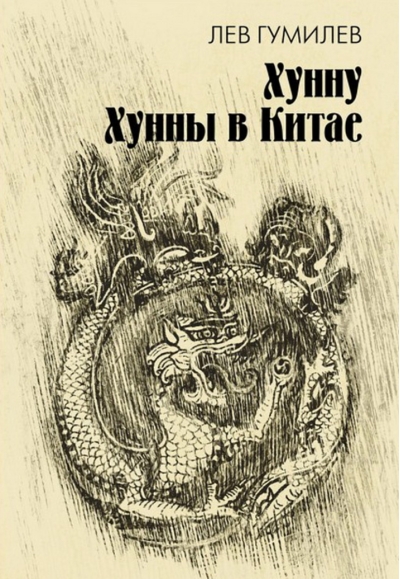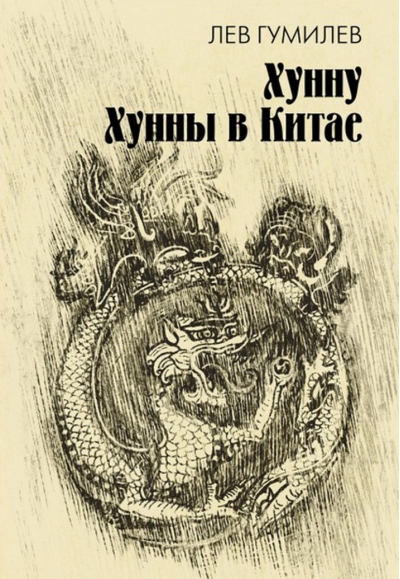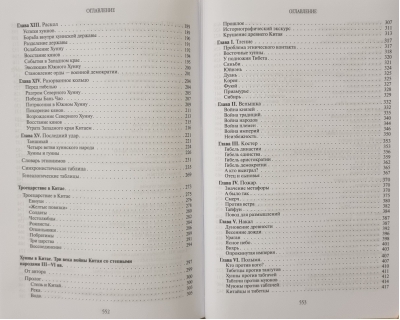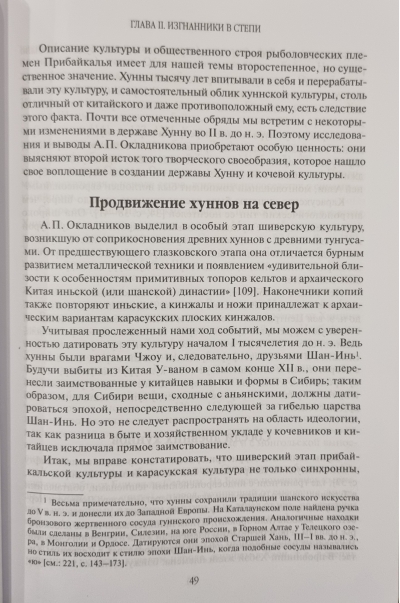Xiongnu. The Xiongnu in China
29.99 €
The only thing available 2
The history of nomadic peoples is a central theme in the early scientific work of Lev Gumilev. As an orientalist, he set out to prove that the history of the steppe nomads is no less interesting and exciting than the history of the ancient Greeks, Franks or Crusaders. The book about the state of Hunnu traces an amazing rise in the VII century. B. E. Nomadic ethnos of the Huns, which later grew into a complex of ethnic groups and superethnos. The Huns were the first to unite the steppe expanses of Eurasia from the Yellow Sea to Lake Balkhash into a single state, the ancient Turks (the Great Turkic Khaganate) did it the second time, then the Mongols (the empire of Genghis Khan). The process was completed by the Russians, who created a huge empire in the space from the Baltic Sea to the Pacific Ocean. But the Huns were first.
Based on detailed Chinese chronicles, the author describes the vicissitudes of the history of the Huns and finds out how a small people was able to make such a grandiose breakthrough, where the forces came from, how the Huns interacted with other peoples, subduing some by force, inviting others to cooperation and at the same time resisting the eternal enemy - China.
The book Huns in China shows how a small steppe people spent their strength in numerous wars and in the fifth century. It was absorbed by China, unable to resist the charm of Chinese culture. As a result, only one small group survived from the Huns, who left in the II century. Far to the west, where, mixed with the Ugra, formed a new people, known in Europe as the Huns.
In addition, the book includes the text of the chapter “Trinity in China”, which was not included in the first Soviet edition of the book “Hunns in China”.
The author of the introductory article to the book by L. N. Gumilyov “Hunnu. Huns in China” is a doctor of geographical sciences, professor S. B. Lavrov. The book is equipped with a synchronistic table, a list of literature, an index of the names of historical persons, an index of the names of researchers and cited authors, an index of geographical names.
The book is addressed to historians, geographers, philosophers, ethnologists and a wide range of interested readers.
Based on detailed Chinese chronicles, the author describes the vicissitudes of the history of the Huns and finds out how a small people was able to make such a grandiose breakthrough, where the forces came from, how the Huns interacted with other peoples, subduing some by force, inviting others to cooperation and at the same time resisting the eternal enemy - China.
The book Huns in China shows how a small steppe people spent their strength in numerous wars and in the fifth century. It was absorbed by China, unable to resist the charm of Chinese culture. As a result, only one small group survived from the Huns, who left in the II century. Far to the west, where, mixed with the Ugra, formed a new people, known in Europe as the Huns.
In addition, the book includes the text of the chapter “Trinity in China”, which was not included in the first Soviet edition of the book “Hunns in China”.
The author of the introductory article to the book by L. N. Gumilyov “Hunnu. Huns in China” is a doctor of geographical sciences, professor S. B. Lavrov. The book is equipped with a synchronistic table, a list of literature, an index of the names of historical persons, an index of the names of researchers and cited authors, an index of geographical names.
The book is addressed to historians, geographers, philosophers, ethnologists and a wide range of interested readers.
See also:
- All books by the publisher
- All books by the author















